The current coronavirus crisis is affecting almost everyone the world wide. To date there are more than 140 countries affected, with nearly 200,000 people infected and several thousand who have died. This is, indeed, a sad event the world over. Add to that the panic happening in many western countries where people are stockpiling essential items such as toilet paper, hand cleanser and other items, along with foods such as flour, rice, pasta, sauces and so much more. As I said, it’s affecting almost everyone the world wide.
Essential hygiene is always important but currently the need to distance ourselves from others is increasingly important too. People are being required to work at home, and that is a big ask for those who have never done this before, resulting in feelings of isolation, depression and desperation. I’ve written an article to help combat this on another site, but today, I wanted to share some ideas about making use of your garden – if you have one. Or perhaps some pots on a balcony or verandah, if you don’t have a garden of your own.
My husband and I live on a couple of acres and feel very blessed to have this land for us to use and live on. A large garden and it does take some work. There are times when we get a couple of gardeners in to help us. But there’s one section that isn’t big, which we attend to regularly, and it is this section I want to share about. It’s our fruit and vegetable garden. Over the next few months, we’ll be depending more and more on this part of our garden, I am sure, for fresh fruits and vegetables, especially if we’re not able to get to the shops for them, or if supply has run short.
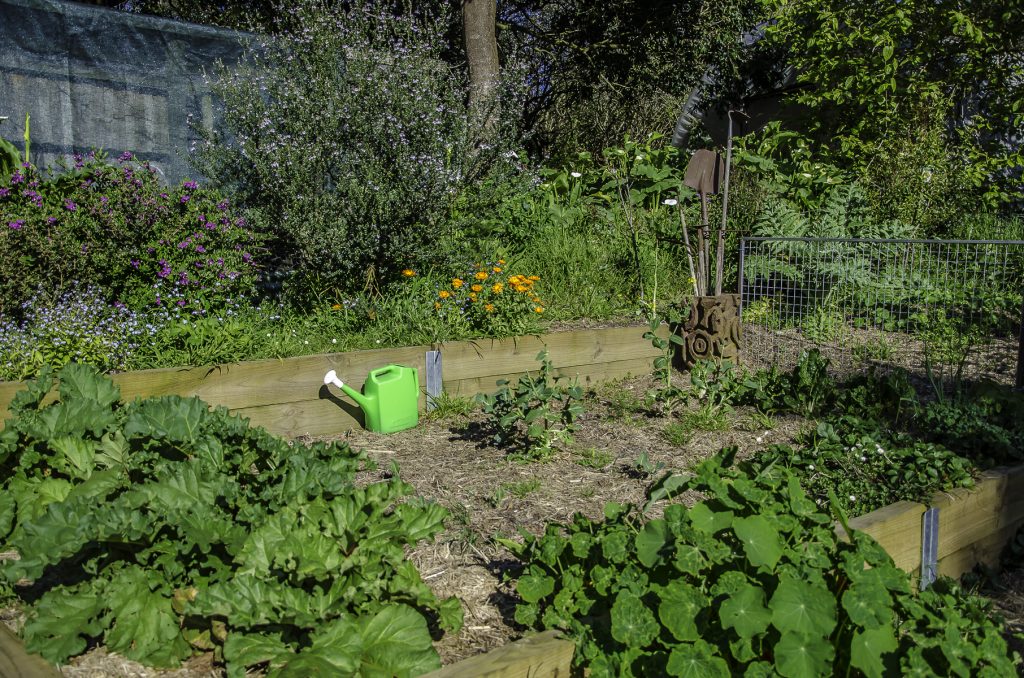
Currently we have silverbeet, spring onions, zucchinis, potatoes, rhubarb, strawberries, figs and pears that are ripe for the picking. Not that far off from being ready are tomatoes, beans, pumpkins, lemons and apples. Not to mention some herbs such as parsley, rosemary and others. And we’ll be thinking on what else to plant real soon. We also have chickens and are still getting eggs daily, although they are laying less now, as tends to be the case as the daylight hours shorten.
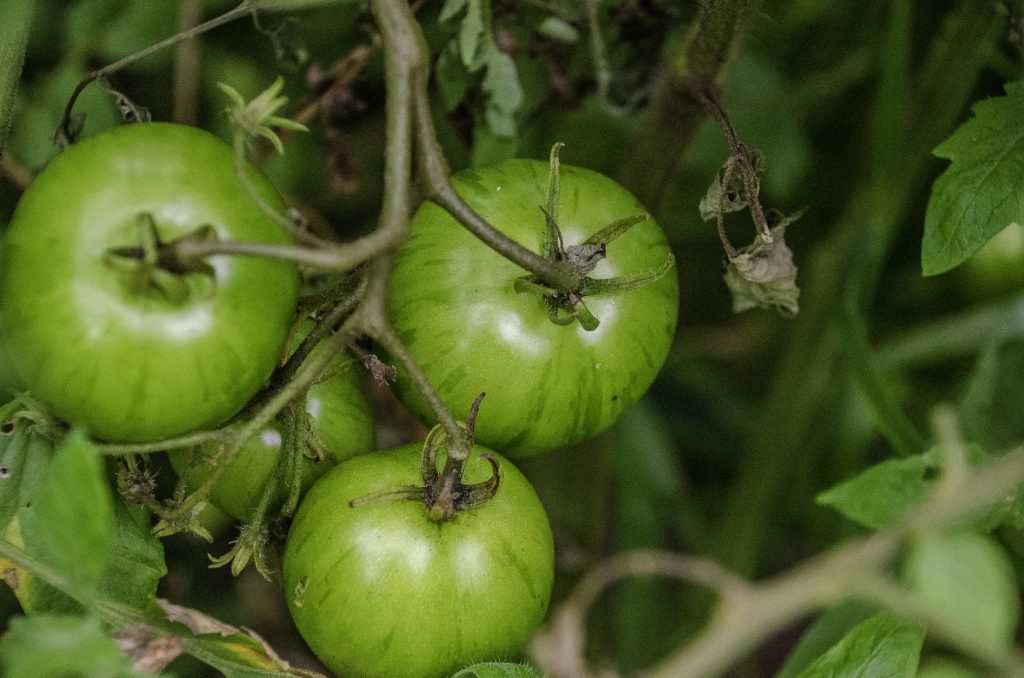
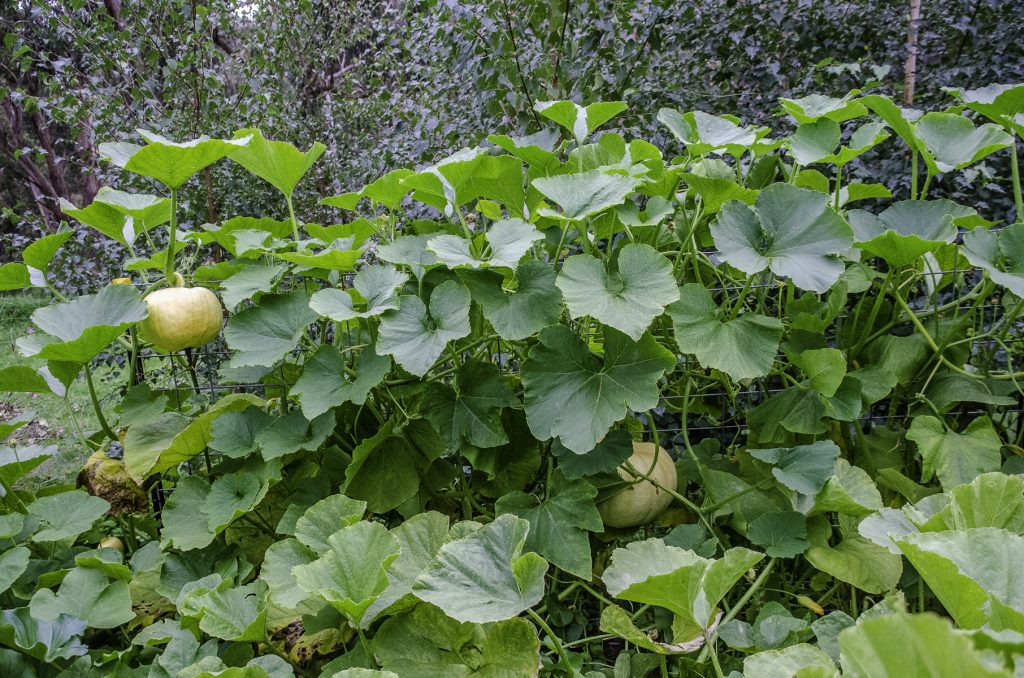
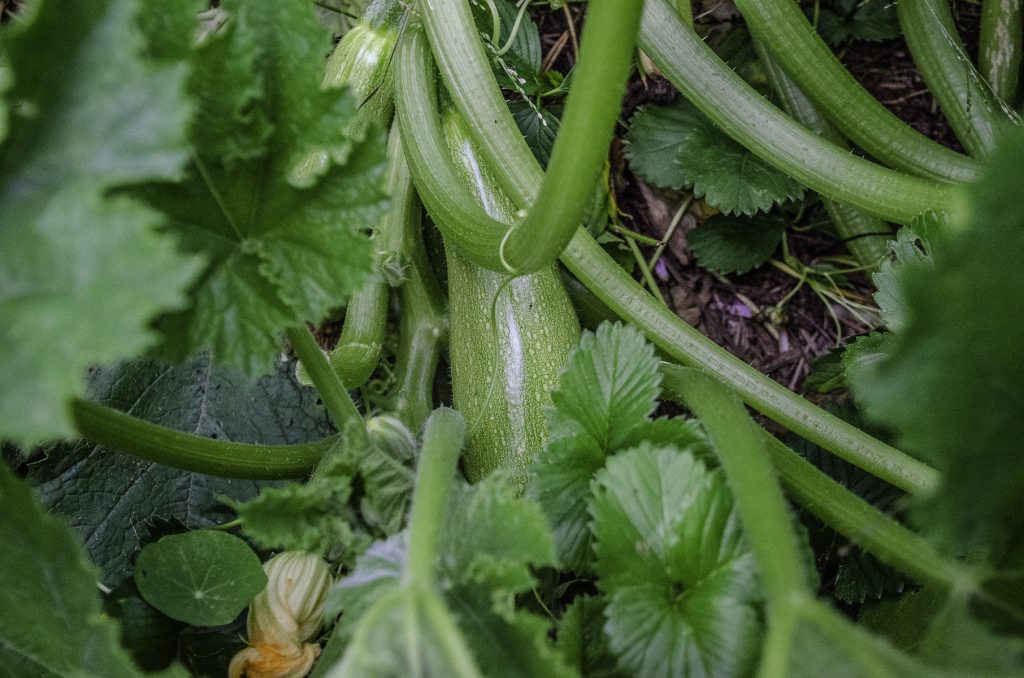
I share this with you not to boast, but to encourage you to consider what you could be planting right now in your own garden. I won’t try and reinvent the wheel here, there are sites that already tell you what you can plant and where, but the purpose of this post is to get you thinking about it right now. What small piece of land can you clear and prepare to start planting this coming weekend? Or what pots can you get out and fill with plant mix to sow some seeds or plant seedlings?
Here’s a link from Gardening Australia with a Vegie Guide.
And another Yates Guide For What to Grow This Month.
This article about Panic Induced Gardening may well be of interest for those in Melbourne.
What can be planted now? Broccoli, baby spinach leaves, carrots, beetroot and peas.
Things you can plant all year round include cauliflower, lettuce, leek, onion, radish, silverbeet and rocket leaf. Some things grow quickly and can be harvested in just a few weeks, others take a bit more time. If you have a protected space that is kept out of the cold, or something you can turn into a hothouse, then you could plant tomatoes and other things to be able to harvest through the winter.
Granted fruit trees take longer to start to bear fruit but it’s never too late to start growing one, or two, or more right now. You can get dwarf fruit trees to grow on a balcony or verandah and you might be able to get a young tree that is already beginning to fruit, if you hunt around at different nurseries.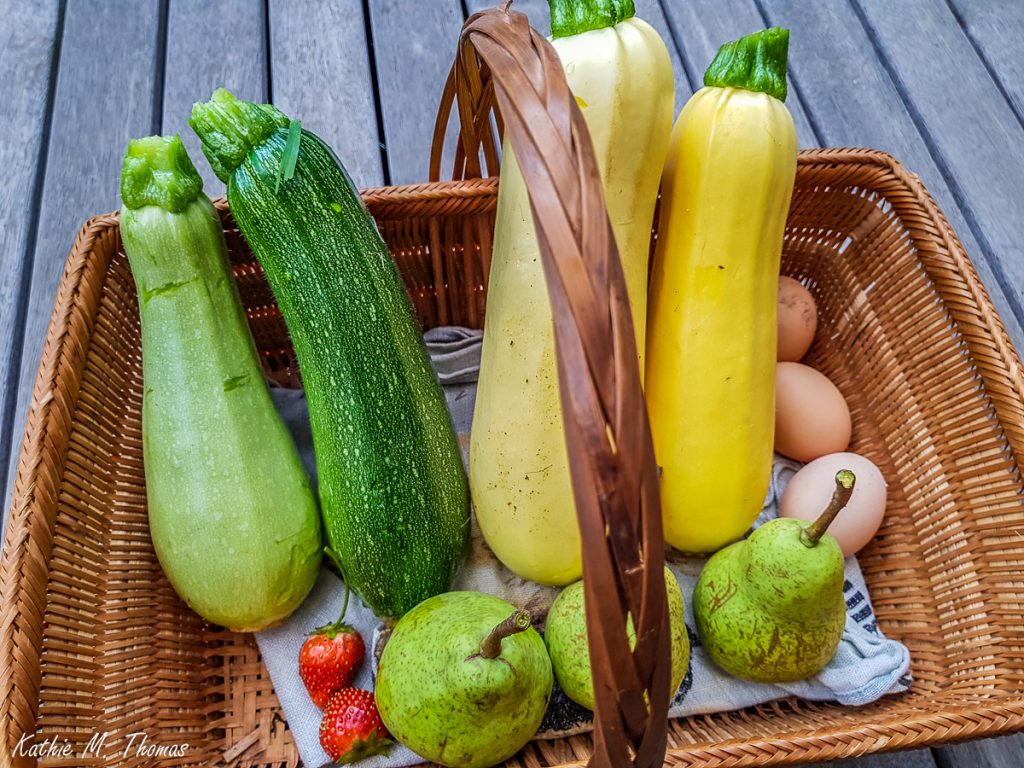
Almost 9 years ago my husband had a serious mountain biking accident. As a result he ended up with a spinal cord injury, and for a period of time, was paralysed down his right side. The fear of him never being able to walk again was very real, but thankfully, after a lot of support and care, he relearned to walk, and use his right hand and arm again. Once he’d left the hospital and went through rehab (several months) he began to do a few things at home as a continuing process of rehabilitation. One of those things was to build a tiered vegetable garden. It was one of the best things he has done for us here at home. And it’s only really now that we’re realising the real benefits of being able to grow our own food. I don’t think we’ll take it for granted any more (at least I hope not) because it means we’re able to provide for ourselves in a practical way – getting us outside into the fresh air. Getting exercise through working in the garden. Harvesting food we’ve grown ourselves. And eating things that haven’t been stored for a long time or haven’t had chemicals as part of the process.
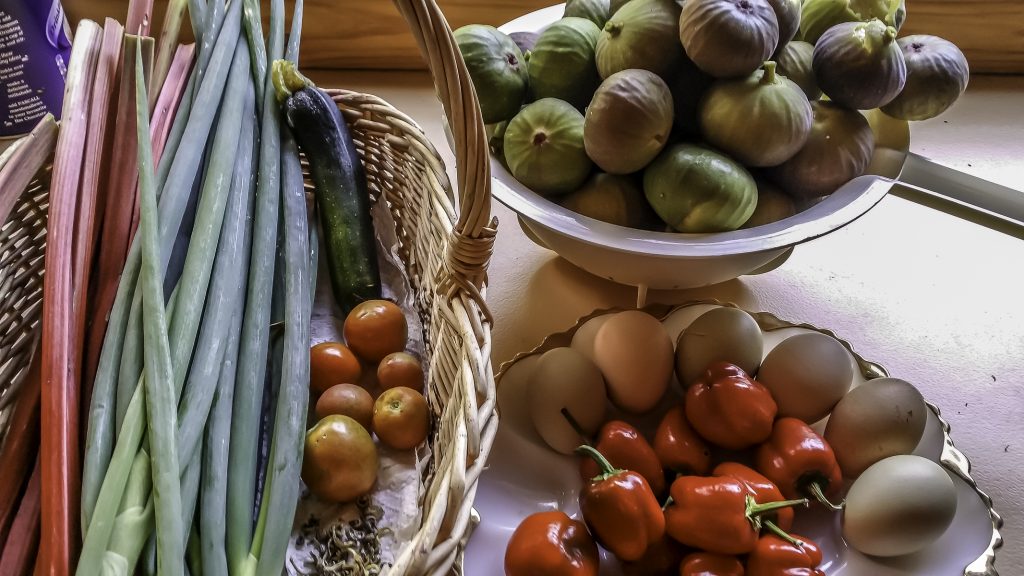
What about right now? Are there places you could get fresh foods? Check around for local swap groups on Facebook or ask others in your area. People often will swap excess produce for something else. Then there are Food is Free programs in different regions too. This is where people put their excess into a fridge or cupboard that is accessible to all in that region and others are welcome to help themselves at no cost.
Good on your hubby for building the veg beds for your veg.
A vegetable bed is welcome all year round for many.
I have discovered if you leave the mini cabbages plant after picking in late winter/spring they will produce multiple heads again by the following early Autumn.
Not just handy for winter but will be handy now as well to have.
My first mini cabbage head is ready for picking now.
Just cover for the cabbage moths so they don’t ruin them and we have shade cloth over them for our hot summer.
Thanks June, some great tips there. Tons of cabbage moths around this Autumn.